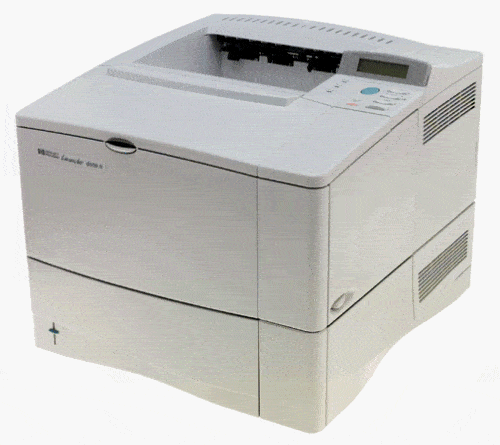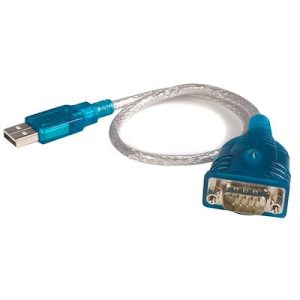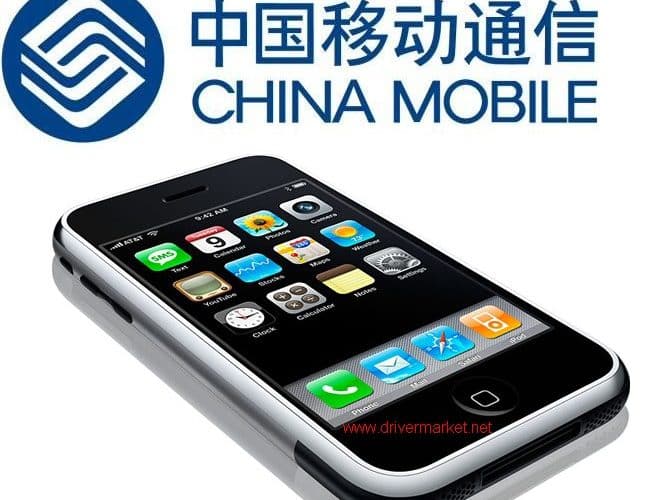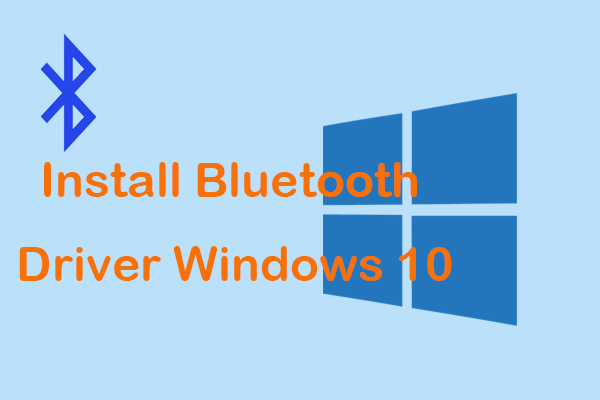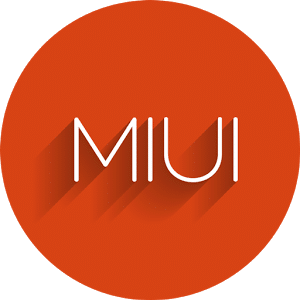Sharp Universal Print Driver for Windows
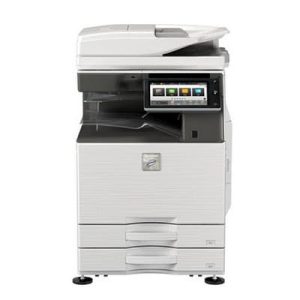
Sharp Universal Print Driver:
Sharp Universal Print Driver delivers a standardized printing experience for users and simplifies management and deployment for IT administrators. It provides support for most of Mopria’s industry-standard printer capabilities including duplex printing, custom forms, collation, and booklet printing.
Download Sharp Universal Print Driver (Here)
It also supports the most eco-friendly features such as toner darkness, stapling, and reducing paper usage. It does all of this while minimizing the number of drivers to be deployed and supported for a fleet of devices.
Easily manage print queues:
The universal print driver enables you to manage printers with a single driver on a user’s workstation. Print jobs are sent to a virtual print queue (e.g. a ‘Secure Printing Input’ or ‘My Print Anywhere’ queue) and when released the document will automatically be sent to an available printer/ copier. This functionality is especially useful when users work in different locations e.g. real estate agencies where users often move between offices.
The driver will automatically update its configuration to reflect the features and options supported by a selected printer model. This reduces time spent on deploying and maintaining individual driver versions for each device type and makes it easier to encourage environmental policies such as duplex printing, multi-page printing (N-up), and toner darkness.
Administrators can also configure the virtual queue to allow it to forward prints to multiple print servers (e.g. to support different departments). This can help to reduce the number of spool files created as the job is routed to multiple devices and helps to reduce the size of the spool folder.
When using the UPD for a homogeneous printer fleet it is recommended to use a PPD file that supports all registered printers. This helps prevent the print driver from changing the settings on the device which could result in documents not printing correctly or pages with strange-looking characters.
Manage print jobs:
If you’ve got a print job that’s stuck in the queue or you’re having issues printing from an unsupported printer. You can fix it with the Sharp Universal Print Driver. The tool enables you to choose the correct driver. Which can help reduce printing issues and errors.
Users can select their preferred printers on the device’s touch screen. Which simplifies the process and helps them stay focused on their work. They can also set preferences for their document workflows. Such as 2-sided printing and default black and white prints, to save toner and paper.
You can also support your organization’s spending and environmental objectives with print policies. For example, you can set up mandatory two-sided printing and pull printing to avoid wasting paper and toner. You can even set up the toner saving mode to automatically switch to low toner modes when you’re printing with a high page count.
To manage your organization’s print costs, MyQ X allows you to assign each print job to a cost center. This helps you keep track of your expenditures and can be used with various business intelligence (BI) tools to create customized reports.
Configure printers:
The Universal Print Driver enables users and administrators to standardize on one print driver for a consistent printing experience across the organization. This helps IT managers increase efficiency by simplifying driver support, management, and installation.
The user interface of the Universal Print Driver reflects only the features and options supported by a chosen printer model. Which allows users to easily select the correct settings for their job. This translates into fewer errors and saves time.
For example, if an office worker prints on plain paper. But the printer is configured to print on specialty media like labels or tabs. The job will be correctly formatted without any manual adjustments by the user. This can significantly reduce the number of support calls an IT team must deal with.
A UPD also adds value in environments that use pull printing. If a job is submitted to the UPD for print. It will be queued in an available printer for printing by all members of the group that the printer is shared with. This helps to control print costs by reducing wasted printing.
If you are using Synappx Go to manage print releases for a Sharp multifunction printer. The network administrator or the MFP owner will need to install and configure the Universal Print Driver on the server PC. This is the driver that will be used for print release jobs.
Manage printer settings:
Print driver updates are necessary but can be a time-consuming task for IT administrators. With a UPD. There’s only one driver to install, customize, and update (or configure) for an entire printer fleet, significantly cutting down on the amount of work required by IT to manage their print infrastructure.
The Universal Print Driver enables users to specify printing settings that are specific to their selected printer. Such as duplex printing, paper sizes, trays, and finishing options. This helps to simplify the user interface for a better end-user experience while reducing IT support burdens.
Administrators can enforce printing policies that encourage green initiatives such as mandatory two-sided printing and toner-saving mode. By enforcing these printing preferences. They can help their organizations meet sustainability goals and reduce costs.
With the available Email Connect feature. It’s easy to scan to and print from popular cloud services such as Microsoft OneDrive for Business, Google Drive, Box, and Dropbox. Plus, the Application Portal lets administrators add or update apps right from the MFP touchscreen panel.
Keep sensitive information secure with the optional MyQ X Authentication solution. It encrypts the entire user-printer communication and system database. Only authorized users can use the printer and can access scanned documents. You can also restrict features on individual printers with multifactor authentication that requires a proximity card or login information.


